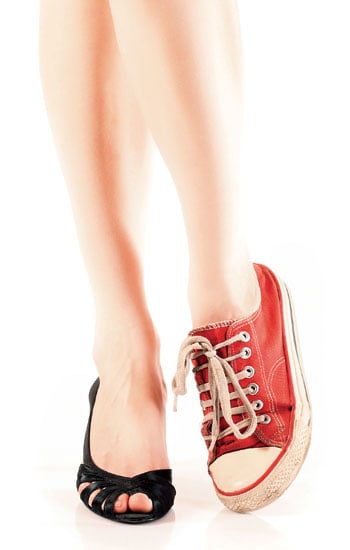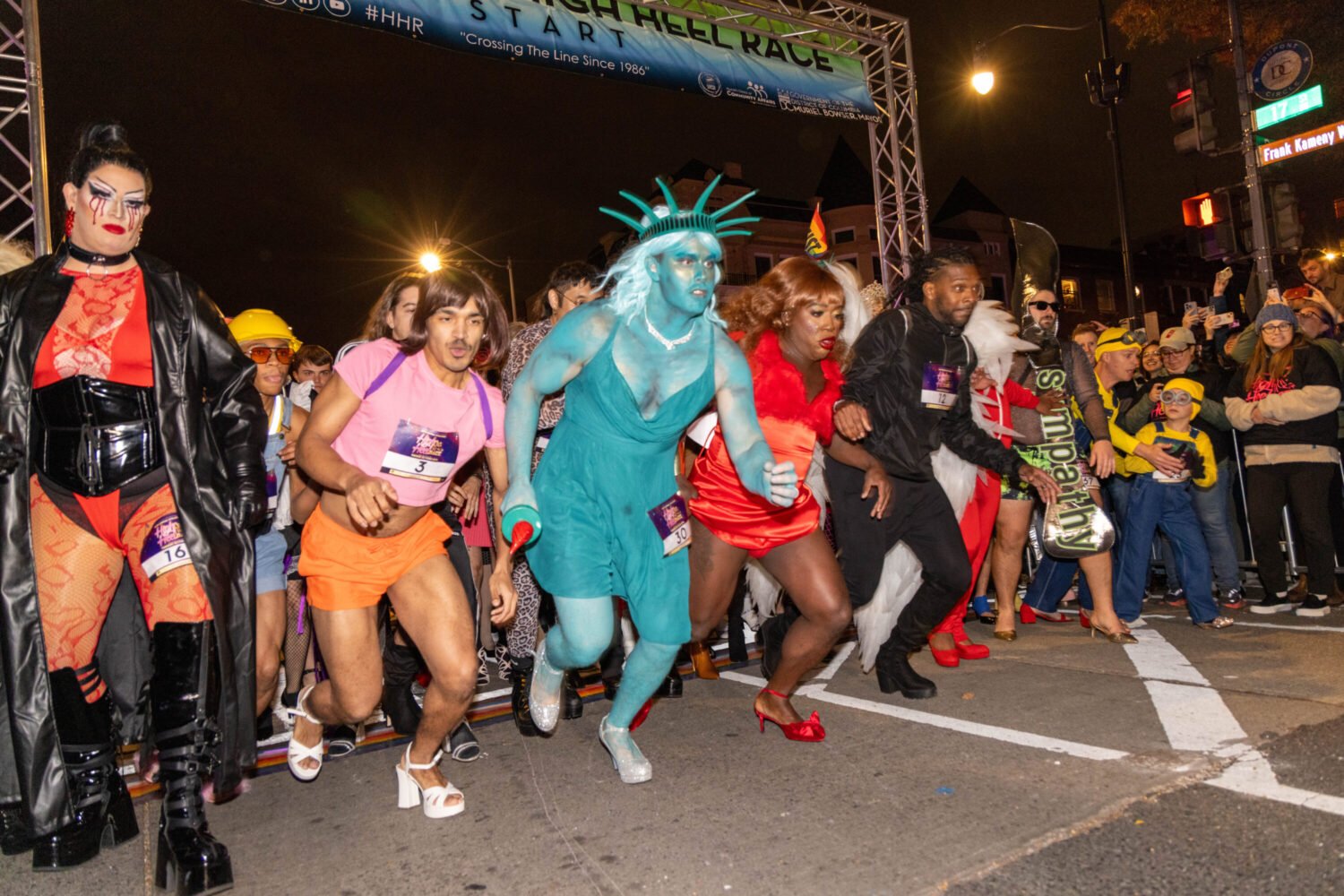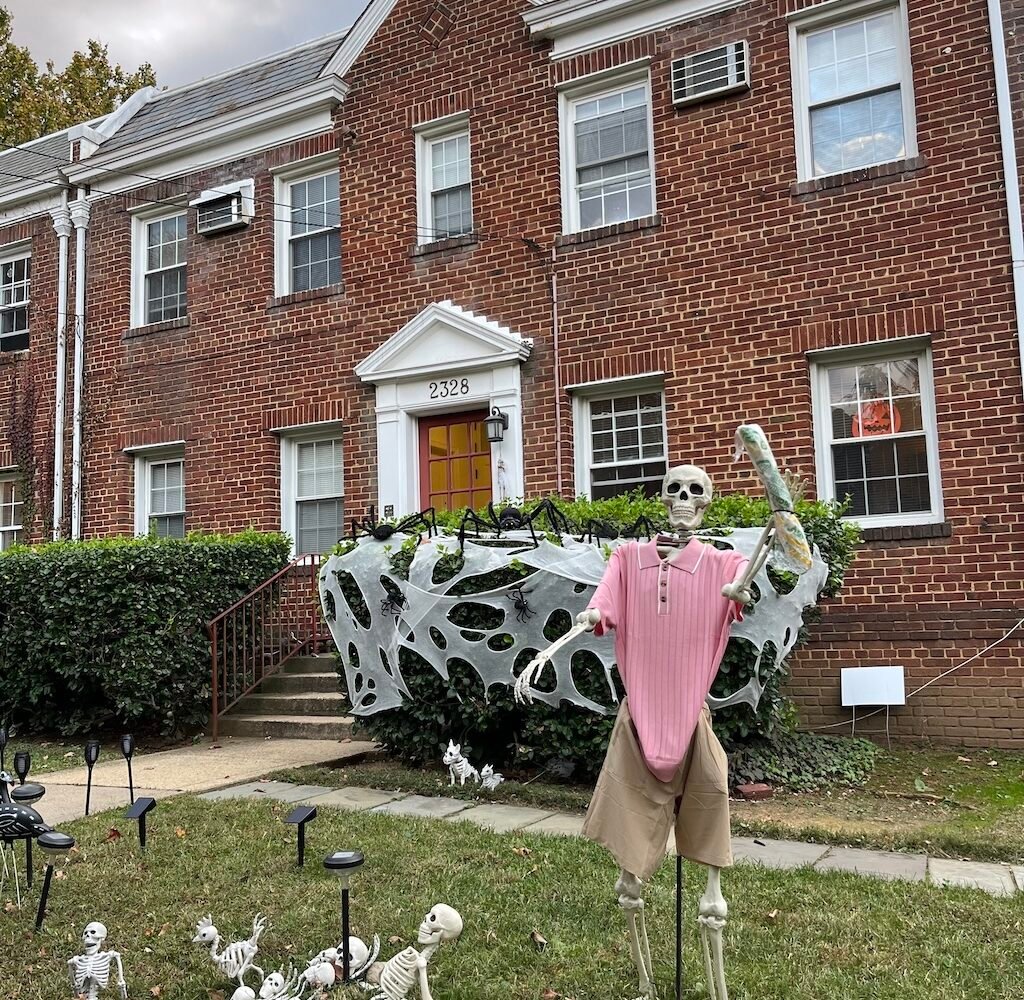
Ever wonder whether toning shoes can shape up your legs, or whether barefoot running shoes are a good idea? We asked some of the region’s best podiatrists—including the aptly named Ronald Footer—to weigh in on these and other foot-and-ankle topics.
If your feet or ankles are prone to injury, what exercises should you do?
Ricardo Bennett, Manassas Foot Clinic: Probably the most important are calf raises—rising onto your tiptoes and then lowering—to strengthen the muscles that connect to the foot. Also good are toe curls, which you can do by picking up marbles or pencils with your toes. Those exercises strengthen the intrinsic muscles in the foot and increase the toes’ range of motion. ABCs, in which you rotate the ankle to draw the shapes of capital letters in the air with your toes—those are important, too. People usually don’t do them; they’ll stretch their calves but ignore the foot and ankle.
Why do we need a good range of motion in our toes?
Ronald A. Footer, Shady Grove Podiatry: If there’s restriction of motion in the toes, the mechanics of the foot get thrown off. You end up having to compensate, and something else in the foot will give. You’ll get pain in other parts of the foot or all the way up the leg. Everything’s interconnected.
Do toning shoes, such as Skechers Shape-ups, work?
Lee Firestone, DC Foot and Ankle: They do help tone muscles, but they’re not for everybody. They will make you walk in a way that Mother Nature never intended, which can sometimes bring out musculoskeletal pains that would otherwise not be there.
What about minimalist or “barefoot” running shoes?
David Pontell, Dominion Foot and Ankle Consultants: This is a hot debate. You ask five experts, you’ll get five answers. My opinion is that if you’re biomechanically perfect—with arches that are neither too high nor too flat—and are at your ideal body weight, they are generally safe. But I always recommend that people wear them on shock-absorptive surfaces. Never run in them on concrete—that’s a bad idea. And people who are biomechanically imperfect, which is most of us, are better off with a traditional shoe design.
Firestone: I like minimalist shoes. I’m about to run a half marathon in them. We were born without shoes, so we were probably meant to run without shoes. But they’re not for everybody. My philosophy is that we were put in shoes for the time we started walking and our feet have adapted to wearing a shoe. Suddenly changing from wearing shoes all our life and running without a traditional shoe—well, not everybody does well with that.
What’s your advice for women who won’t give up high heels?
Bennett: I know better than to talk any woman out of her heels. But stilettos are dangerous. That spike doesn’t give you a good platform. Therefore, it’s easier to twist your ankle. It’s better to have a heel with a wide base. Heels that flare out are a lot more practical. And if I had to go with the lesser of two evils, I’d go with wedges.
Are flats better?
Firestone: There’s not as much risk as with heels. But if someone changes back and forth from heels to flats, she’s at greater risk of developing problems such as Achilles tendinitis and heel pain. When you wear high heels, the Achilles tendon becomes tighter over time. And when you make the switch from a heel to a flat, it’s too much for the Achilles to handle. I tell people to go from a thick-width heel to low-heeled shoes. Don’t go from high heel to flat. And if you run and you like to wear heels, make sure you stretch your calf muscles often.
Related:
Top Podiatrists in the Washington Area
This article appears in the June 2012 issue of The Washingtonian.

















